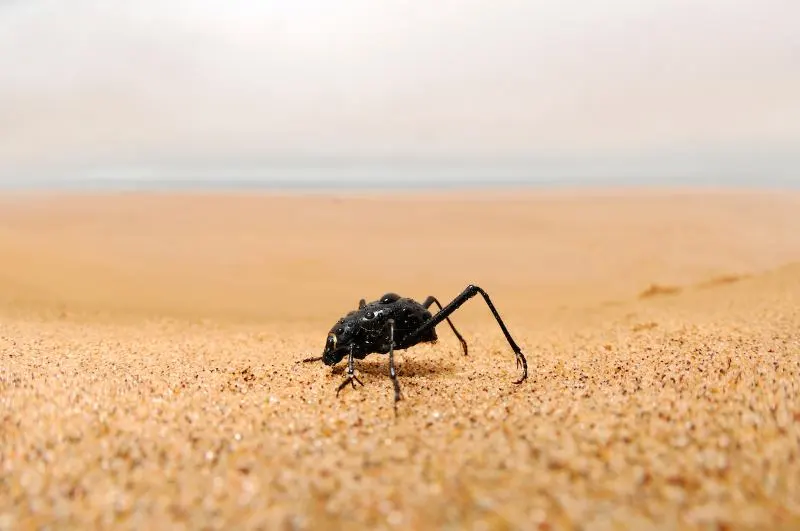About us
HERE YOU CAN LEARN MORE ABOUT US
We are CALORIFER Engineering AG and a leading manufacturer of apparatus and plants in the field of process and thermal engineering, based in Seuzach. Focused on customized solutions in heating technology, we are both an engineering partner and a manufacturer. Our more than 70 years of experience in the layout, design and production of heat exchangers enables us to continuously expand our competencies.
CALORIFER Engineering AG is completely detached from the former Calorifer AG based in Elgg. With the new foundation in 2016, more than 180 years of operating experience from engineering, sales and manufacturing were taken over. In our archive, we can access the order files and CAD data of the past few years. In addition, we have all the proven design programs at our disposal. This enables us to quickly and accurately calculate heat transfer designs, based on which parametric interfaces generate 3D models. Using these models, we create drawings that comply with relevant regulations, as well as specifications provided by customers and operators.
Since we deliberately do not have our own production, we have successfully built up a network of partner companies in Switzerland, Austria, Germany and the Czech Republic in recent years, with which we produce the heat exchangers and apparatus designed and constructed by us in the usual Calorifer quality for our customers. Of course, we still have the opportunity to manufacture equipment at our sister company CALORIFER Heat Transfer (Jiangsu) Ltd. in Nantong, China.
OUR MISSION
Our aim is to use your thermal energies as ideally as possible with the equipment we develop, thus conserving existing resources and reducing operating and maintenance costs as much as possible. It is our highest goal to follow this path as sustainably as possible and thus ensure a future worth living for ourselves and our descendants.
We provide our customers with a full range of services. This means that, based on the inquiries, we prepare the technical and commercial offers in close cooperation with our engineering department. Consequently, the engineering team creates the design of the apparatuses, takes over the project manage-ment and closely accompanies the production of the apparatuses at our partners. We keep our clients constantly informed about the next steps and the latest developments.
In this way, we ensure that orders are processed professionally and that equipment arrives at its destina-tion on time. If, contrary to expectations, a problem should arise after delivery, we will not leave anyone out in the rain. We guarantee a fast response time and support in resolving the issue. Because we stand for cool heads and not heated tempers.
Individually we are effective, together we are strong and effective.
Calorifer Engineering AG is part of the Technical Group.
Through our corporate network, we can make optimal use of synergies to offer you improved capabilities worldwide. Within the group, resources such as information, engineering services and local service personnel are always available to us.
Perfection of nature as a role model.
Calorifer Heat Transfer (Jiangsu) Ltd, founded in 2011 in Nantong China, has been an independent company since 2016 and belongs to the Technical Group.
The Nantong located site has transformed from a plate-fin producer to a competent heat exchanger manufacturer of all types of heat exchangers in the high-quality level. Even today, Calorifer Heat Transfer and Calorifer Engineering are working closely together.
Our role models
Beastly good heat exchangers
Nature is an expert when it comes to regulating temperatures. In the animal world, in particular, we see many natural mechanisms and processes from which we can learn a lot and apply to our technologies. Be it in thermal insulation, cooling or temperature conversion processes in general: Our animal role models know how to do it and inspire us time and again.
Well insulated thanks to fur and skin
Polar bears successfully protect themselves from the icy cold at the North Pole by means of several effects. One of them is due to the densely packed fur hairs. They trap air and thus create air cushions around the polar bear body, which is equivalent to an insulating layer. As a result, the body heat does not escape so easily. In addition, polar bears have a strongly pigmented, black skin under their white fur. This can absorb much more heat than light skin and thus offers protection against the icy cold of the Arctic.
The polar bear cannot sweat through its skin, and its paws are also ill-suited for heat regulation, as they have a particularly thick callus. The polar bear therefore regulates its heat balance by panting like a dog. Polar bears are warmblooded animals and can maintain their body temperature even in a cold environment. Its thick fur and a thick layer of fat insulate it against the cold. In addition, the small blood veins that reach the surface of the skin through the fatty layer can be closed off to blood supply in extreme cold.
Cooling down by yawning
Open your mouth wide and breathe in deeply: Chameleons yawn just like we humans do. Not only does the yawning process look similar to that of humans, but the intended effect is the same.
Indeed, yawning corresponds to a heat exchange function in our brain and so also in the brain of a chameleon. By inhaling cool air during yawning, the temperature balance in the brain is regulated. The brain is cooled, creating the ideal conditions for optimal performance.
Tree trunks as a source of cooling
It's not just romantic nature lovers who enjoy hugging trees. Koalas also like to cuddle with tree trunks. Now Australian researchers have found the reason for this: This is how the tree-dwelling marsupials cool themselves down (source: "Biology Letters," online).
Using thermal imaging cameras, the scientists de-termined that the animals cling to trees that are significantly cooler than the surrounding air. This behav-ior is especially useful during heat waves, which can cost the lives of large portions of koala populations. Thanks to their special cooling trick, koalas need to pant less, which reduces water loss.
A warm body despite cold feet
Penguins stand with their feet on ice in winter, which makes them very cold and potentially causes precious heat to be lost. To keep energy loss as low as possible, nature has equipped penguins, ducks and many other birds living in cold areas with an ingenious system.
The animals have a natural heat ex-changer: the blood is cooled before it enters the feet, so that no heat is lost, and the feet always correspond to the ambient temperature. The artery that carries blood from the warm body to the cold foot is close to the vein that carries blood back to the body. When the cooled blood flows back again, it is heat-ed by the warm artery and numerous other blood vessels.
Allowing yourself to heat up and cool down again
The elephant is one of the "pachyderms" and has skin with a good blood supply, which is used to release heat. In addition, the elephant uses its ears as heat exchangers and has so-called "thermal windows" all over its body, which regulate the temperature balance.
The dogma "the bigger the animal, the more stable the temperature" does not apply to elephants. Similar to the diurnal variation in outside temperature, elephants retain heat during the day (even when it is below 35 degrees Celsius [95 degrees Fahrenheit]), allow up to 37 degrees Celsius (98.6 degrees Fahren-heit) in the body, and release heat at night when it is cool, cooling down to 35.5 degrees Celsius (95.9 degrees Fahrenheit).
Beaks as heat exchangers
The large beaks of colourful toucans help the bird to regulate its body temperature and quickly dissipate excess heat. Therefore, the beak of the South American bird has a similar function to the ears of an elephant. Depending on the ambient temperature and physical activity, the animals can regulate the temperature via the beak in minutes.
In extreme cases, the birds can emit as much as four times more heat in the short term than the body is currently producing, which is unique in the animal kingdom.
Condensation, fog-basking beetle style
Onymacris unguicularis, the head-stander beetle, is a species of fog-basking beetle in the black beetle family that lives in the Namib Desert. The Namib is a dry desert on the west coast of Africa covering an area of about 95,000 square kilometers. The extreme dryness of the Namib is due to coastal, cold ocean currents.
Despite the hostile environment, plants and animals have also settled here that have adapted to the unique conditions in a very special way, such as the fog-basking beetle. The beetle, about two centimeters in size, is coloured black and has strikingly long legs. These create a large distance between the torso and the hot sand. The elytra have small knobs and a groove in the middle. It obtains the water it needs for life from clouds of mist that drift across the desert.
To do this, the beetle balances high up on a dune crest with its head lowered and stretches its rear part upwards to the wind as if it is doing a headstand. The mist condenses into small droplets and the water flows directly into its mouth via the grooves on its back.

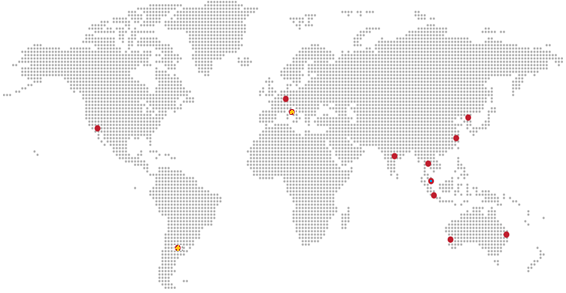

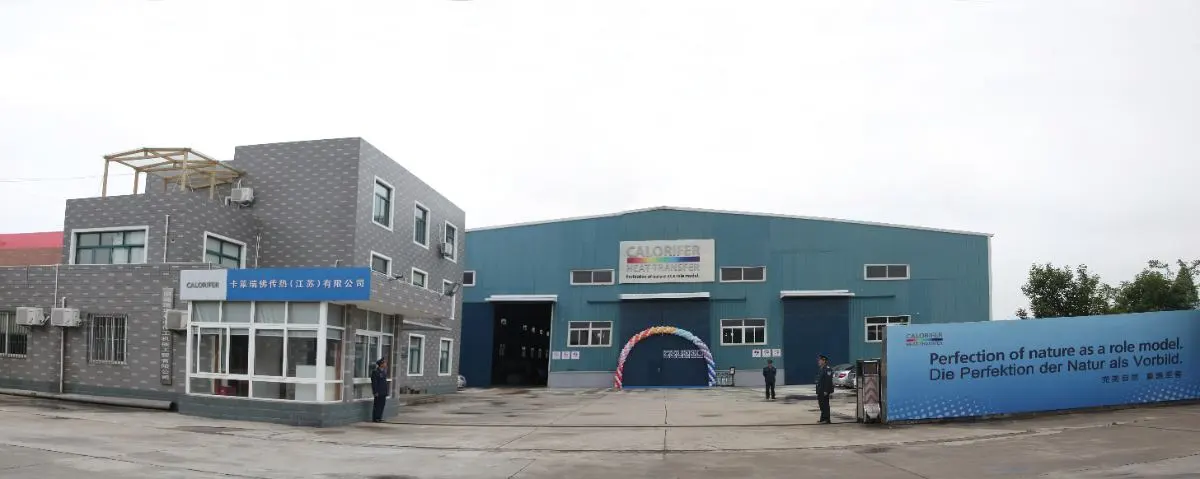
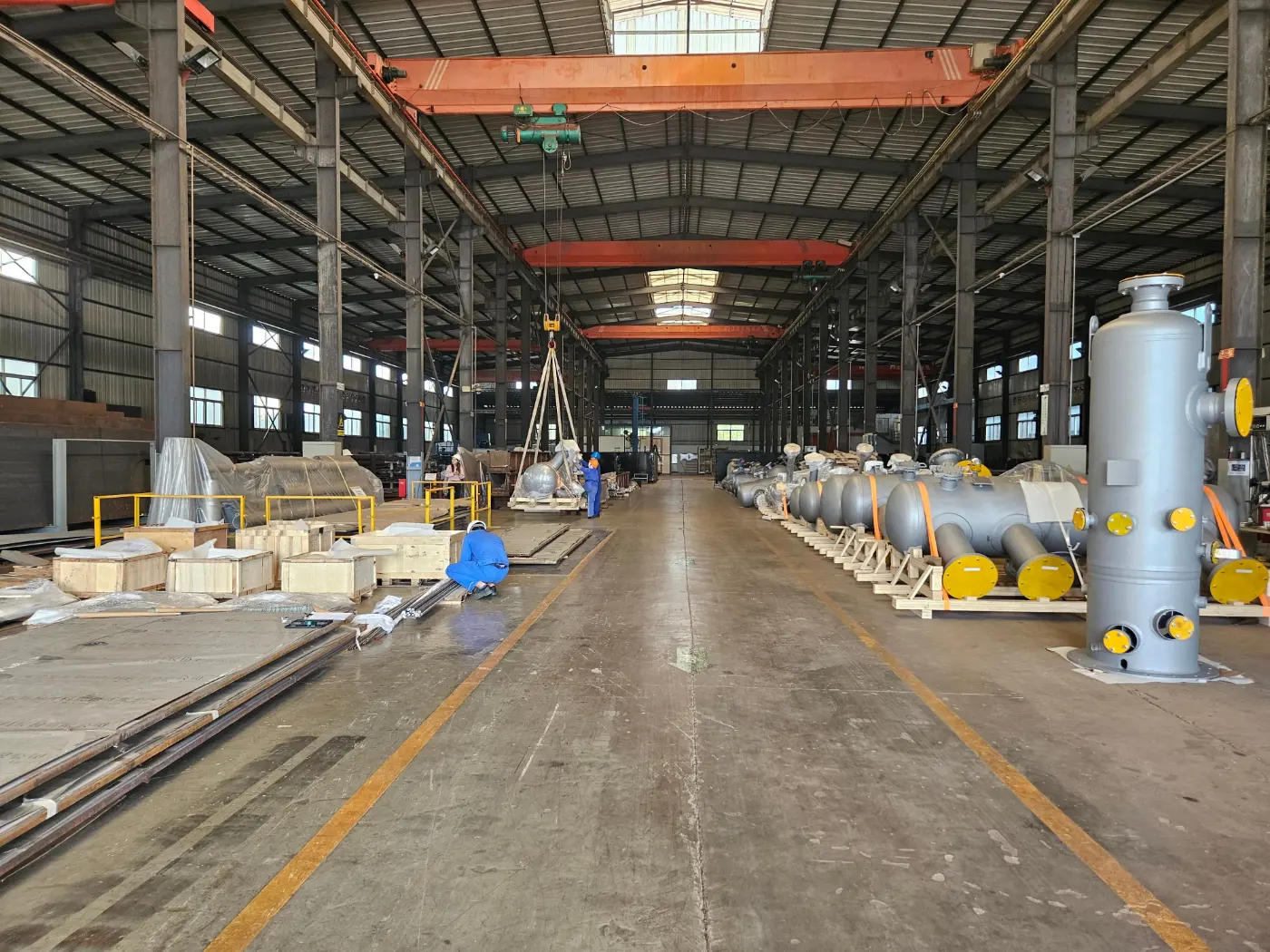

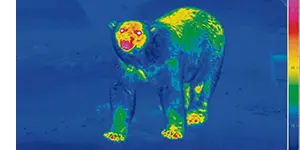
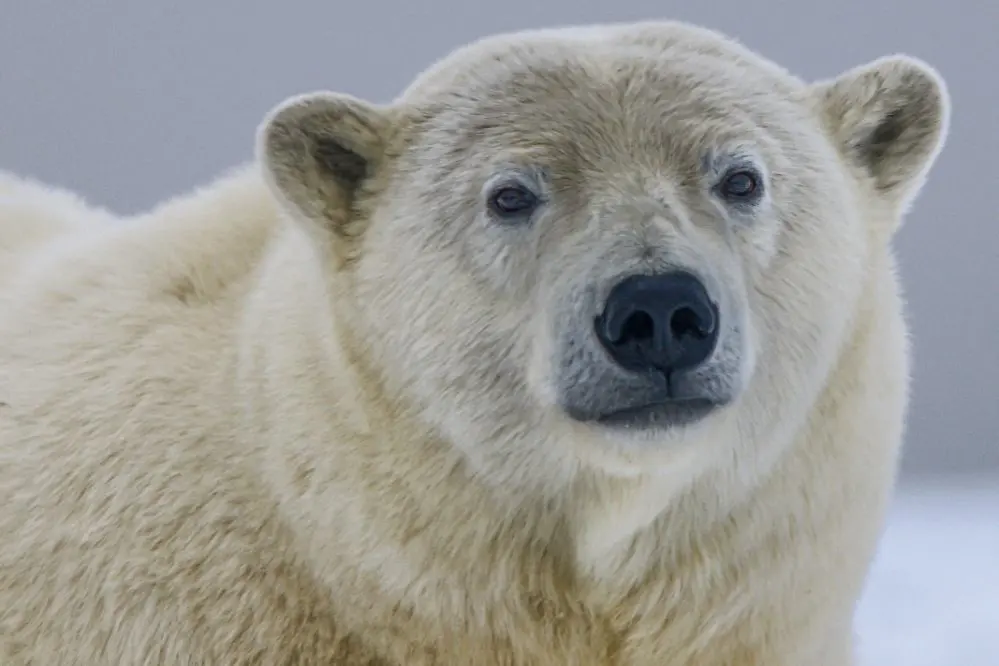
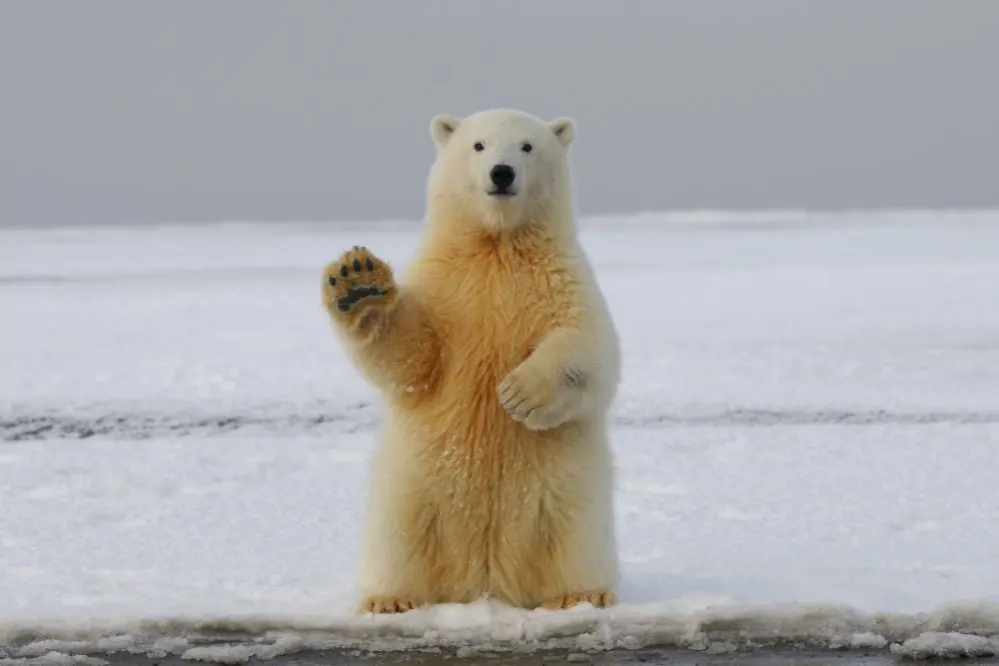
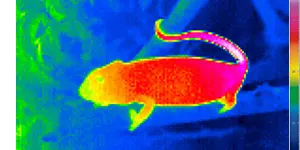
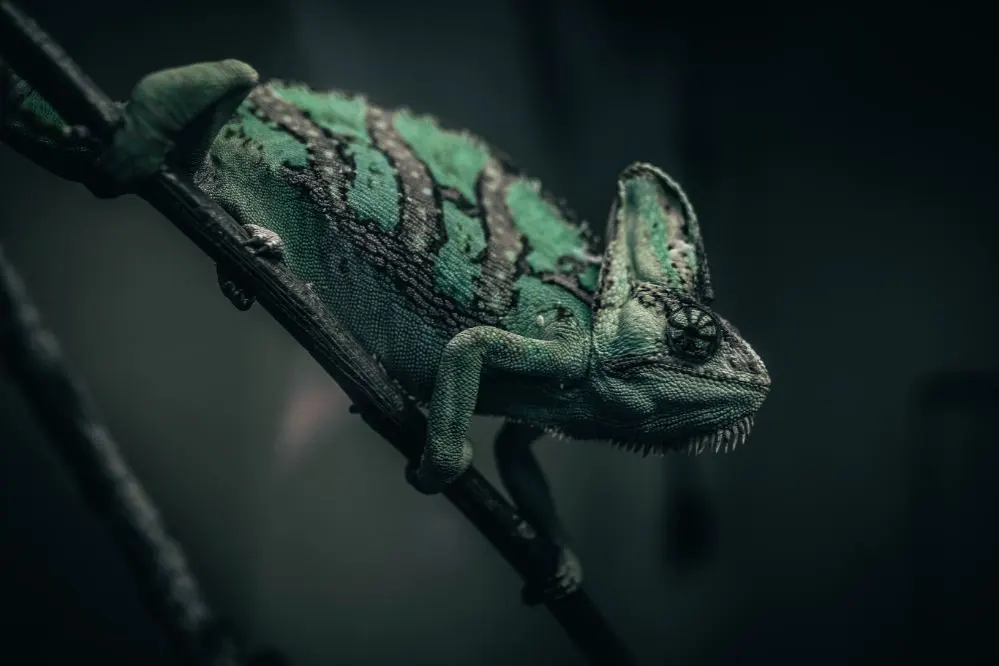
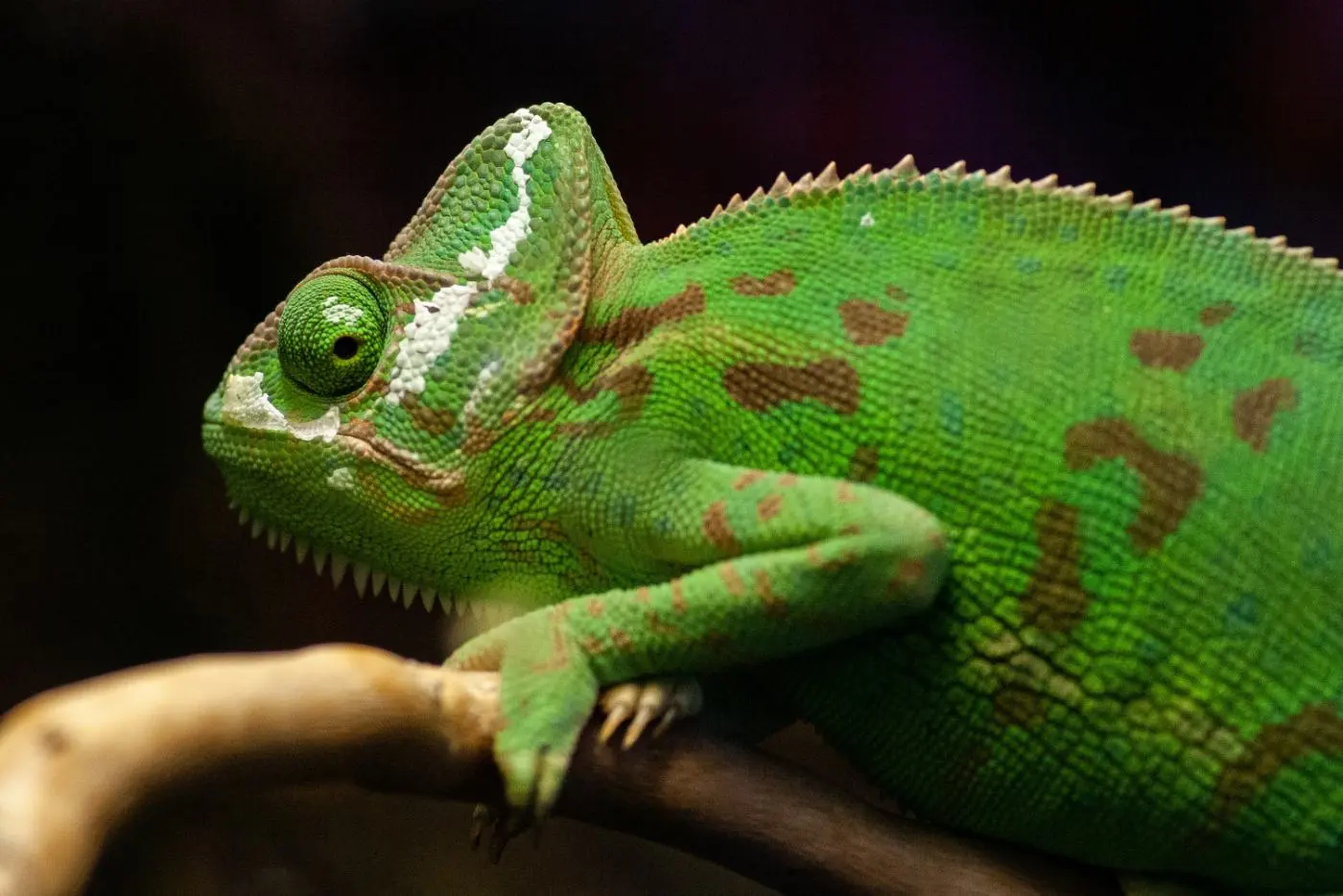
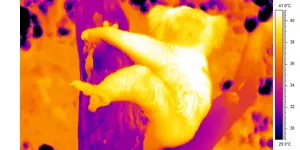
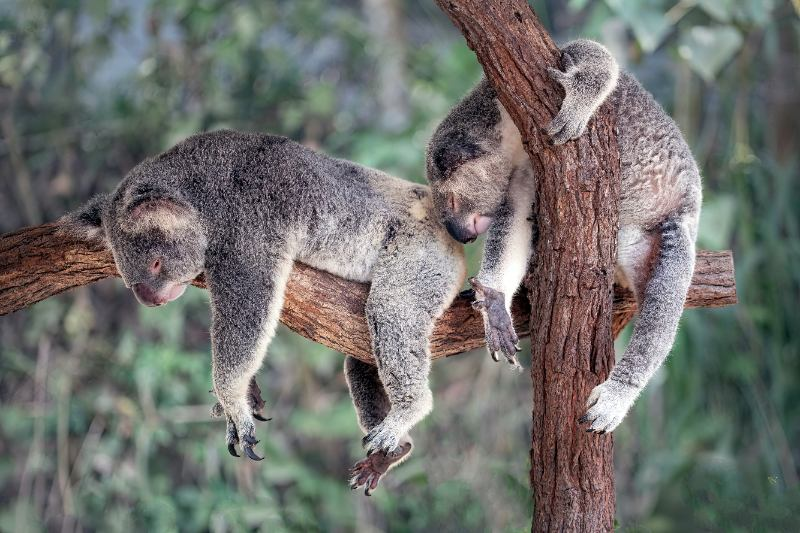
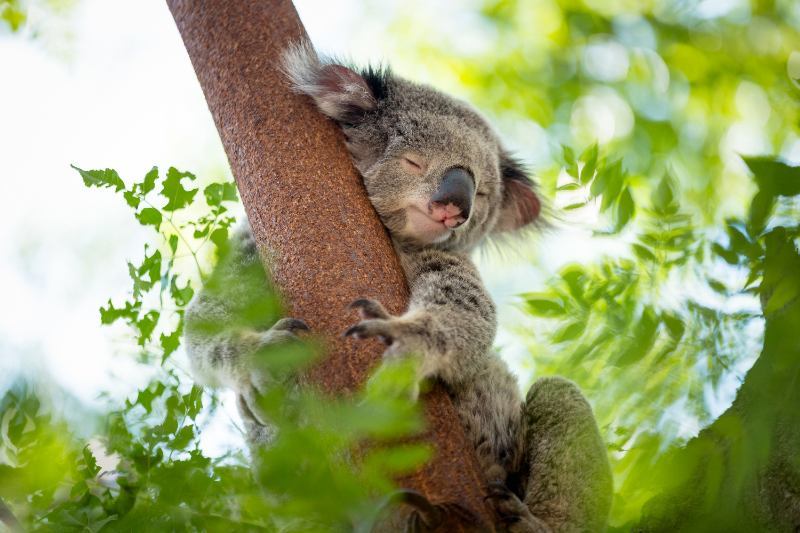
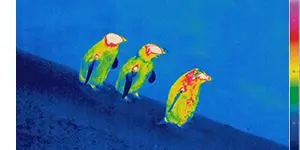
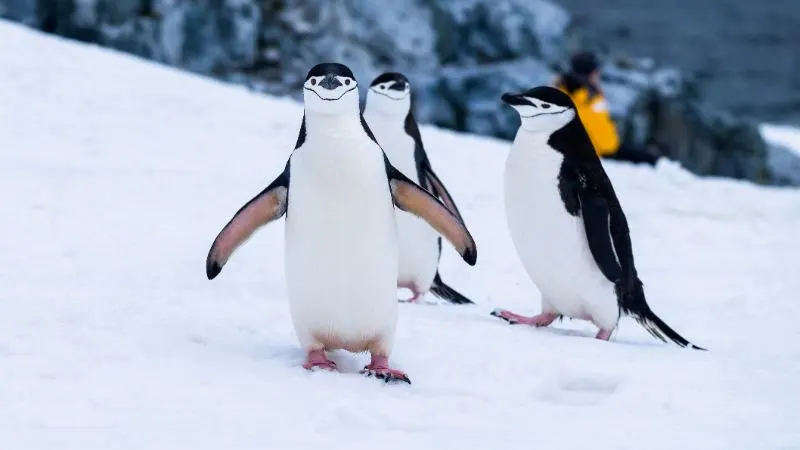
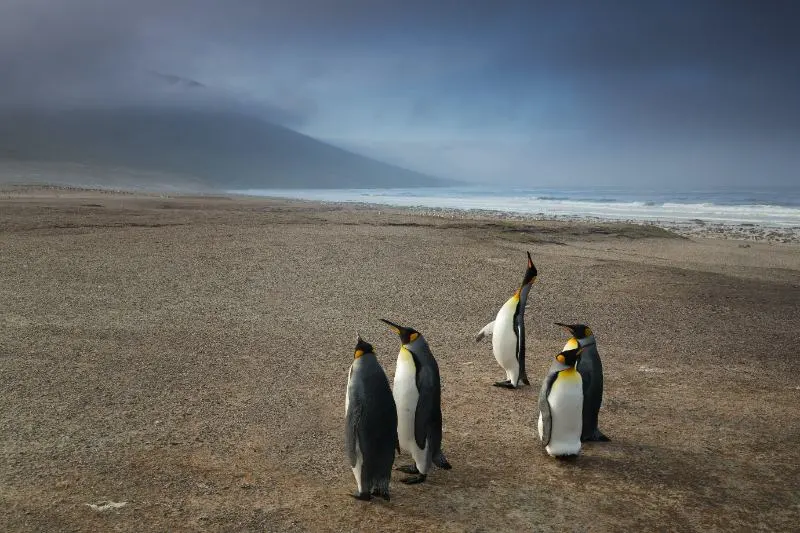
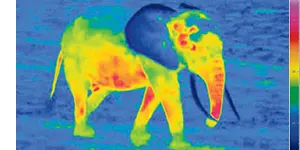
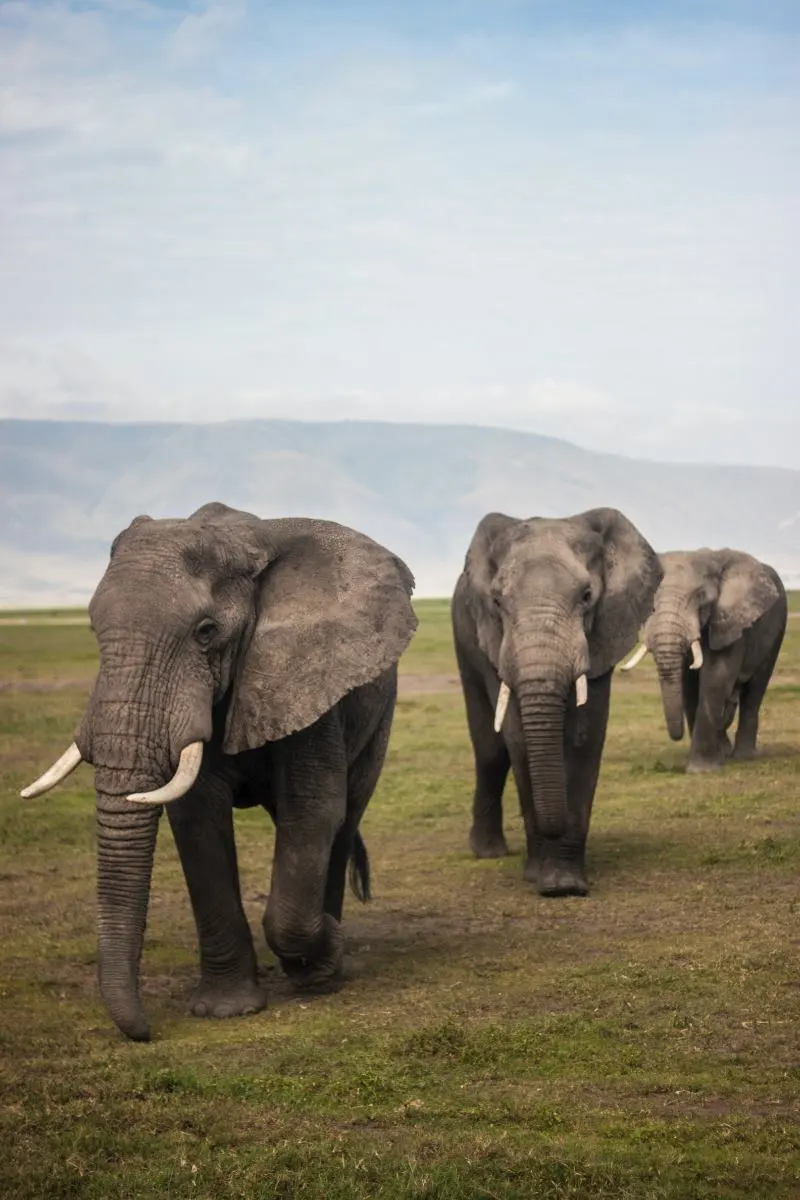
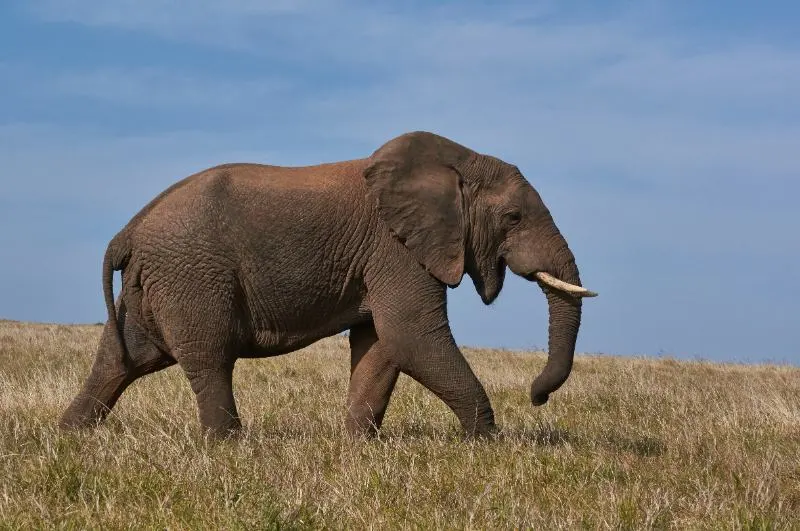
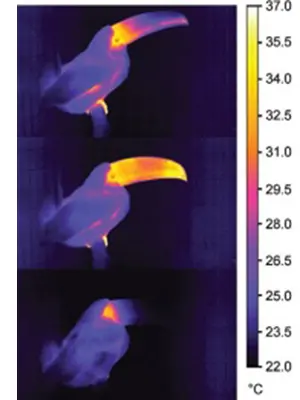
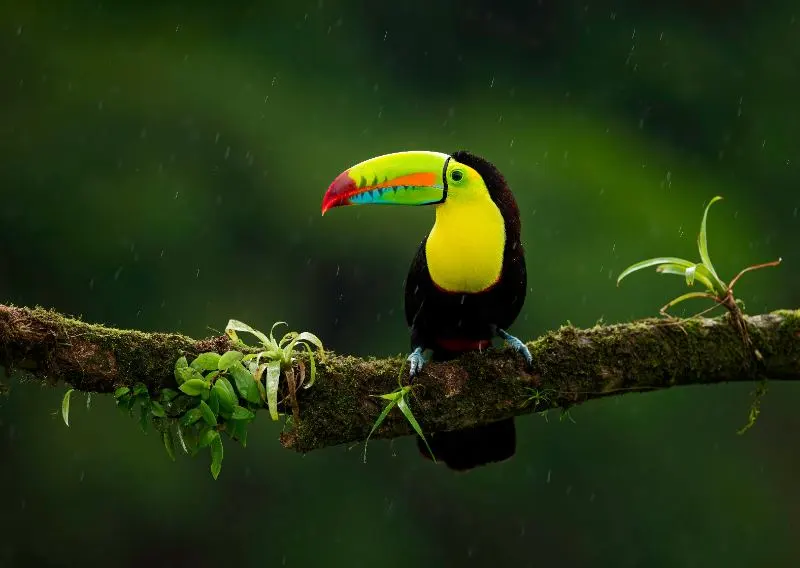
_MEV-10874438.webp)
